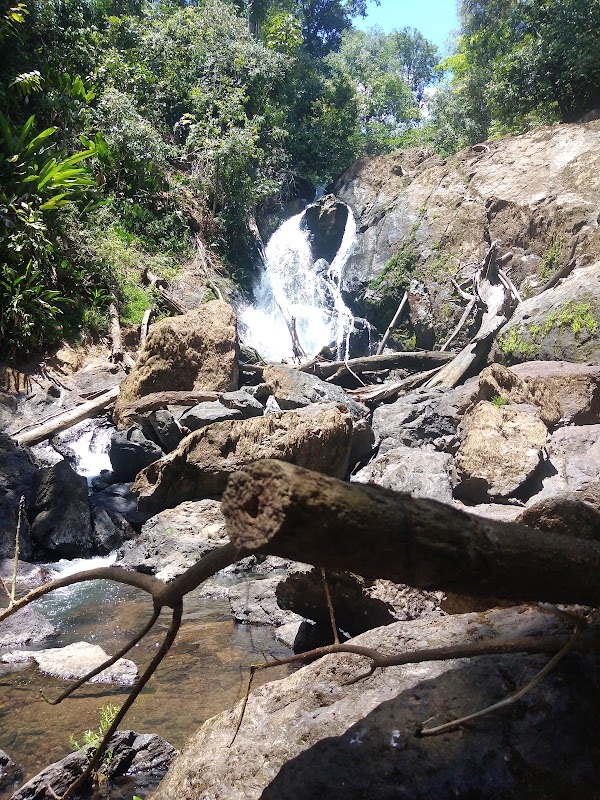
Corcovado National Park Adventures
Corcovado National Park is one of the most biologically intense places on Earth, offering unparalleled opportunities for hiking, wildlife viewing, and experiencing pristine tropical rainforest ecosystems.
About Corcovado National Park

Corcovado National Park is located on the Osa Peninsula in southwestern Costa Rica. Covering nearly 100,000 acres, it protects extensive primary rainforest, mangrove swamps, beaches, and lowland tropical ecosystems. The park is recognized for its biodiversity, including rare and endangered species such as jaguars, tapirs, scarlet macaws, and four species of monkeys. Established in 1975, Corcovado aims to preserve one of Central America's last intact tropical rainforests. Visitors are drawn by the chance to hike remote trails through dense jungle, swim in secluded waterfalls, and observe diverse wildlife in a largely undisturbed natural environment. Key recreation opportunities include multi-day trekking, guided wildlife tours, and snorkeling near nearby Isla del Caño. Significant landmarks include the dramatic Sirena Ranger Station, a hub for park exploration, and the pristine beaches along the Pacific coast. Corcovado's rugged terrain and limited accessibility maintain its wild character, attracting nature enthusiasts and adventure travelers seeking solitude and rich ecological encounters. Visitor infrastructure is managed to minimize impact, with guided tours recommended to enhance safety and interpretive experience.
Highlights
Sirena Ranger Station — a remote base for wildlife viewing and multi-day treks
Lowland tropical rainforest with some of the highest biodiversity on the planet
Remote beaches where freshwater streams meet the Pacific Ocean
Opportunity to spot endangered species like the Baird’s tapir and harpy eagle
Notable Natural Features
Sirena Ranger Station
The main hub inside the park offering access to extensive trails and exceptional wildlife viewing opportunities.
Corcovado’s Rainforest
One of the largest remaining primary rainforests in Central America, home to diverse flora and fauna.
Pacific Coastal Beaches
Remote beaches provide habitat for marine life and nesting grounds for sea turtles.
